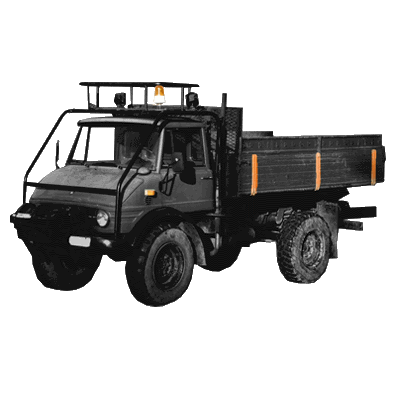Truck: Difference between revisions
| Line 99: | Line 99: | ||
<iframe width="420" height="315" src="https://www.youtube.com/embed//vEdtHZwLKZ8" frameborder="0" allowfullscreen></iframe> | <iframe width="420" height="315" src="https://www.youtube.com/embed//vEdtHZwLKZ8" frameborder="0" allowfullscreen></iframe> | ||
<iframe width="420" height="315" src="https://www.youtube.com/embed//MsdPAadc9fY" frameborder="0" allowfullscreen></iframe> | |||
</html> | </html> | ||
Revision as of 23:14, 6 December 2012
Intro
A truck is a transportation machine that you can drive in order to move yourself, others, and stuff to wherever you can get with wheels. The difference between a truck and car is that trucks are stronger and have more dedicated space for stuff on the vehicle.
Documentation
If you're new to mechanical things, check out Mechanical Intro
Concepts
More Concepts
Concepta
Maintenance Concepts
Engines have a lot of moving parts that rub against each other and create friction. The friction generates a lot of heat. When plastics get hotter and hotter, they get softer and eventually melt. When metals get hot, they get softer, which accelerates wear, and if hot enough, metals melt too. So cooling the engine is important. The engine is essentially a complex hulk of metal, so pumping water through it will cool it down. But water boils and freezes too easily- if the water turns into a gas, then it loses a lot of cooling ability- in other cases, a lot of pressure (from gaseous expansion or ice formation) will crack and break the solid parts of the cooling system (and the engine). So adding substances (like antifreeze) keeps the coolant system working in hot and cold conditions.
Another way to solve the heat problem is to stop friction in the first place. Lubricants are substances that have very low coefficients of friction so they generate very little thermal energy when rubbed together. By applying lubricants to the moving parts of an engine, less heat will be generated.
More Concepts 3
Gear Dimensions and Terminology File:Geardimterm.pdf
Gear Types from Engineer's Edge
More Concepts 3
text
4 Wheel Drive
4 Wheel Drive Explanation at Wikipedia
Leaf Suspension vs Coil Spring
Leaf vs Coil Comparison at JP Magazine
Leaf vs Coil Comparison at eHow
Cargo Bed Size and Payload
Towing Interface and Capacity
Manual vs Automatic Transmission
Ground Clearance
Fuel Efficiency
http://en.wikipedia.org/wiki/Auto_maintenance
Fuel for regular operation
Engine oil for lubricating
Oil Filter Replacement
Coolant for cooling
Filling Radiator Fluid, Video at Youtube
Coolant Filter Replacement
Brake Pad Replacement
Tire Replacement
Overview
http://opensourceecology.org/wiki/Truck/Research_Development
The Open Source Truck is a heavy off-road vehicle capable of equipping many pieces of equipment used on the Tractor, and transporting heavy loads long distance. The Open Source Truck project is currently in the research phase.
Detailed Description
Goal specifications
- Open Source Truck Concept - similar to Mercedes Unimog:
- Top speed of 60 mph
- Equipped with suspension
- Capable of handling extreme off-road conditions
- Equipped with front and rear power take-off, hydraulic take-off, and quick attach mounting plate for hydraulic heavy and rotary equipment such as backhoe, loader, power generator, hammermill, pelletizer, and any agricultural, utility, and construction equipment that is already avialable for the Tractor or Microtractor
- Dual utility for agricultural and transportation uses
- Hydraulic drive
- Quick attach Power Cube
- 27-270 hp models
- Eventually powered with Modern Steam Engine
Product Ecology
| From | Uses | Creates | Enables |
|---|---|---|---|
|
Components |
Status
The Open Source Truck is currently in the Research phase of product development.
See Also










